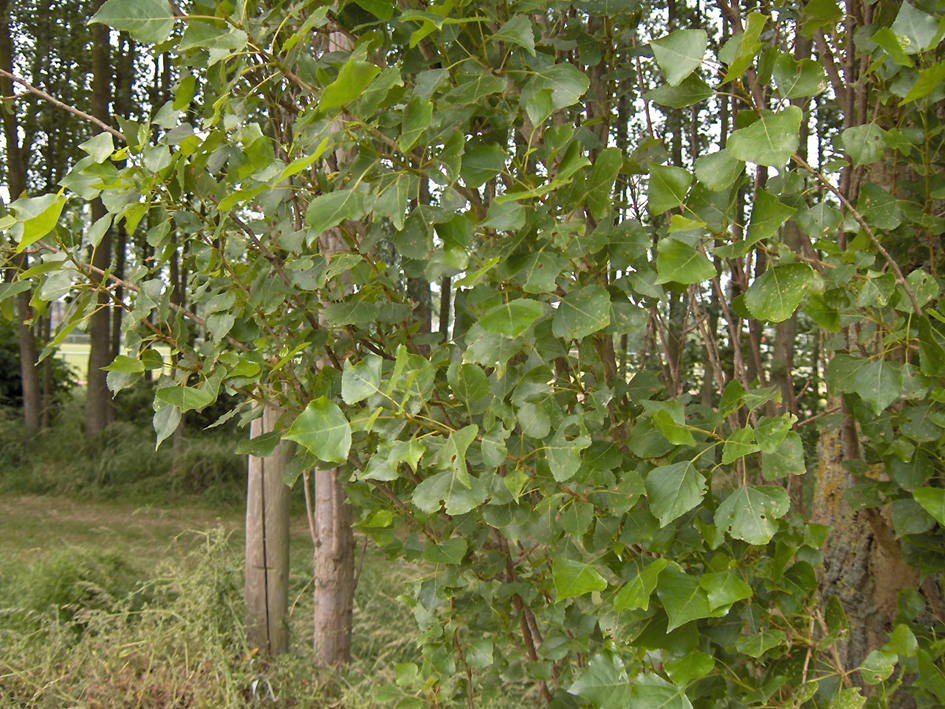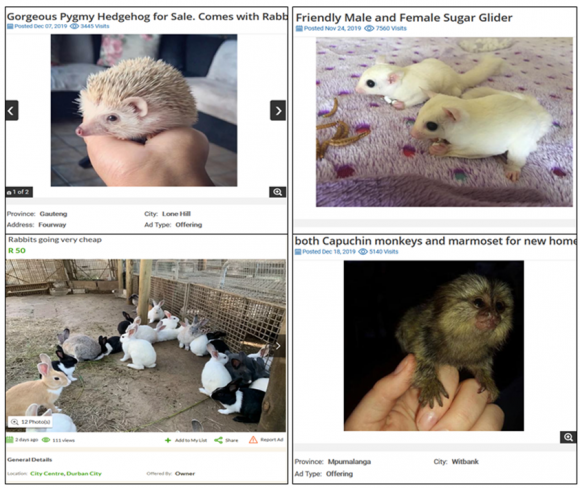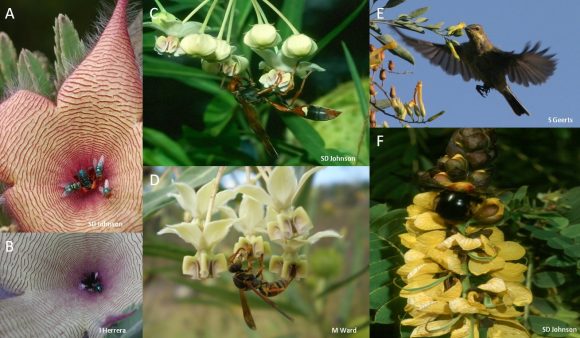15 November 2017 | By Andreas Menzel
A “mycorrhiza” is a relationship between a fungus and the roots of a plant. The fungus lives inside the plant roots, and increases the roots’ efficiency in absorbing nutrients from the soil. In such a relationship, both the plants and the fungi, are said to be mycorrhizal and this relationship between plant roots and its associated fungi (“mycorrhizal fungi”) is, amongst other things, important for plant growth. Invasion biologists are now asking whether these relationships will benefit the establishment and spread of alien plant species due to the abovementioned support or restrict it because alien plants encounter unknown fungal partners in their non-native environments. [Further details on the role of mycorrhizas and other mutualists in mediating plant invasions]
A study by a research team involving C·I·B Associate Petr Pyšek and his colleague Andreas Menzel found that these relationships are indeed important for the persistence and spread of alien plants in Germany.
The team of researchers analyzed the area occupied by 266 alien plants in Germany as a measure of their invasion success. The alien plants were classified as either (1) obligate mycorrhizal plants that are always colonized by mycorrhizal fungi, (2) facultative mycorrhizal plants that are colonized under some conditions but not others, or (3) non-mycorrhizal plants that are never found to be colonized by mycorrhizal fungi.
The study, published in the journal Ecology, showed that plants classified as facultative mycorrhizal inhabited the largest area, whereas the non-mycorrhizal plants on average inhabited the smallest area. The research team further found that facultative mycorrhizal plants were also the most successful invaders if they developed storage organs, shoot metamorphoses or structures promoting vegetative dispersal. They argue that the flexibility of the facultative mycorrhizal plants, for example, their ability to regulate their associations with fungi under changing environmental conditions, allow these plants to be more successful than the plants classified as non-mycorrhizal or obligate mycorrhizal.
“Integrating the mycorrhizal symbiosis while studying the underlying processes of plant invasions is a great opportunity to explore aspects of plant ecology that influence plant communities and/or ecosystem functioning, said Andreas Menzel. “This will help us to understand the role of the symbiosis in alien plant invasions and provide insights into the joint ecology of both symbiotic partners.
Read the paper in Ecology
For more information, contact Andreas Menzel at andreas.menzel@ufz.de




